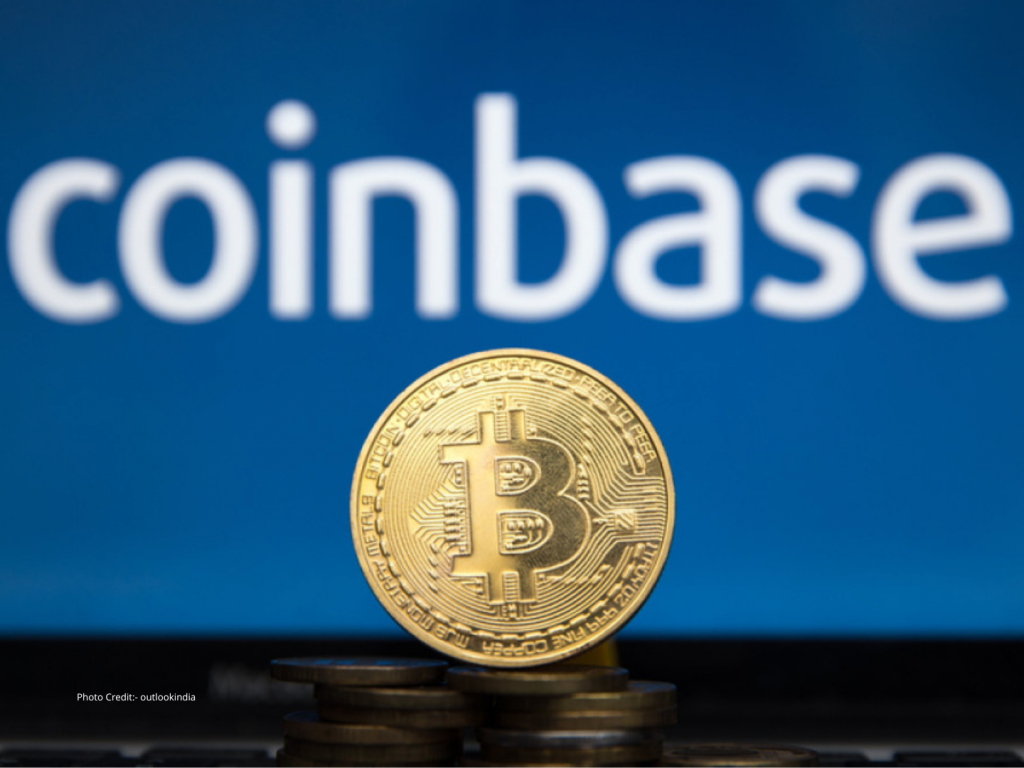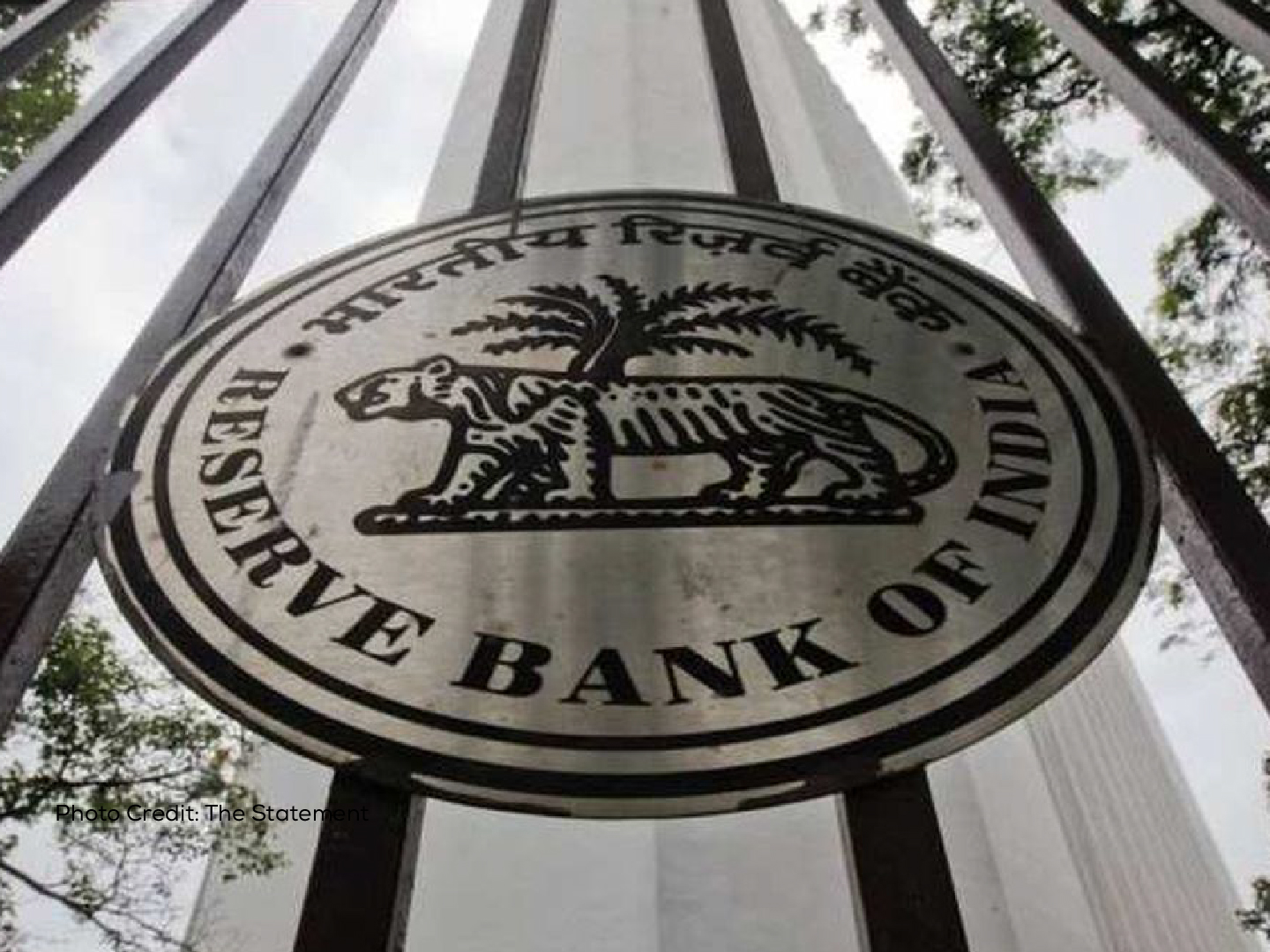Search
Digital currency is more than just UPI, IMPS
August 12, 2022

The finance minister in her budget 2022 speech has announced that this is about to change with the issuance of the Central Bank Digital Currency (CBDC). In our current system, commercial banks buy cash from the RBI i.e., the central bank and give the customers access to this as a means of payment.
Presumably, with CBDC this would continue as otherwise the central bank would have to allow us to open accounts with it and manage customer relations which it is not geared to do, besides requiring it to compete with commercial banks.
With cash as it changes hands in transactions, the change in possession of the notes is simultaneously a record that trade has taken place. For a CBDC, the operator of the infrastructure will have to update records. This requires a process of third-party verification to ensure that there is no counterfeiting in the transfer of a digital currency.
Verification is to be provided by a trusted party such as a clearing house or an intermediary could underwrite the settlement risk and verify the transaction immediately with the centralized verification authority that is approved by the central bank.
The data centres, to be developed, would have to authenticate and issue certificates of user identities, manage the issuance, transfer, and withdrawal of CBDC and control for the risk with KYC and Anti-Money Laundering management systems. Technically the use of cryptography can make the cost of verifying the authenticity of digital currency low as has been the case with bitcoin.
Important Links:
- 4-IN-1 Professional Diploma in Banking, Financial Services & Insurance (PDBFSI): https://tscfm.org/courses/4-in-1-professional-diploma-in-banking-financial-services-insurance-pdbfsi/



